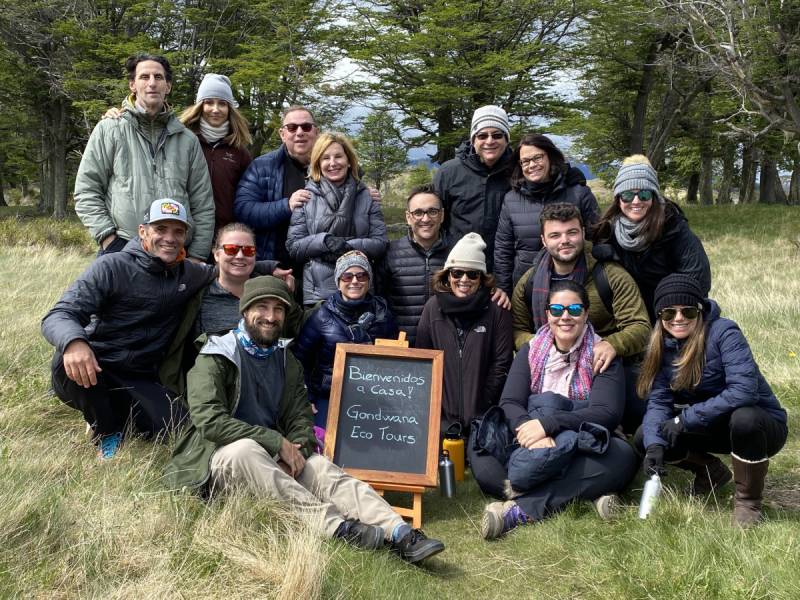Freshwater Life: Amazon River Dolphin Habitat
 Living in South American river systems is a hidden creature that is known to few but the locals. The pink river dolphin inhabits the basins of the Amazon and Orinoco River systems, meaning freshwater habitats in Ecuador, Bolivia, Brazil, Colombia, Guyana, Peru and Venezuela are teeming with these unique mammals.
Living in South American river systems is a hidden creature that is known to few but the locals. The pink river dolphin inhabits the basins of the Amazon and Orinoco River systems, meaning freshwater habitats in Ecuador, Bolivia, Brazil, Colombia, Guyana, Peru and Venezuela are teeming with these unique mammals.
Living in freshwater environments, the pink river dolphin habitat is quite varied. WWF shares, “Normally it can be found in lowland fast flowing, whitewater rivers, clearwater or blackwater rivers. It is also present in the largest tributaries, lakes, confluences and seasonally flooded forests.” These waterways are interconnected throughout the 6 South American countries where they reside, so pink river dolphins travel throughout several regions. Though rainy seasons come and go and external forces affect their usual routes, pink river dolphins live in 7,000,000 sq km (2,700,000 sq mi) of South American waterways.
Pink river dolphins are highly adapted to the intricacies of the freshwater ecosystems they inhabit. Their ability to navigate through various types of rivers and water bodies showcases their remarkable resilience and resourcefulness in the face of changing environmental conditions. Despite the challenges posed by human activities and climate change, the pink river dolphins continue to play a crucial role in maintaining the ecological balance of their habitats. As stewards of these precious aquatic environments, it is imperative for us to work towards preserving and protecting the habitats of these majestic creatures to ensure their continued survival for generations to come.
Where to Find Pink River Dolphins
Where do pink dolphins live? Pink river dolphins, also known as Amazon river dolphins or boto, can be found in various parts of the Amazon River basin. They are commonly sighted in countries such as Brazil, Peru, Colombia, Ecuador, and Bolivia, where the Amazon River and its tributaries flow. Specifically, popular areas for spotting pink river dolphins include the Amazon River itself, as well as its tributaries such as the Rio Negro, Rio Solimões, and Rio Madeira in Brazil, and the Marañón and Ucayali rivers in Peru. Tour operators in cities like Manaus in Brazil and Iquitos in Peru offer excursions specifically designed for dolphin watching, providing visitors with the opportunity to witness these fascinating creatures in their natural habitat.
Amazon Rainforest Destruction Affects Pink River Dolphin Habitat
It’s no surprise that the destruction of the Amazon Rainforest has negatively affected many animal habitats in South America, including the homes of river dolphins. Environmental activism in the ‘90s was integrated into pop culture with the Save the Rainforest campaign, but international corporations continue to drill for oil, chop down trees, and exploit natural resources in this ecosystem. These invasive actions pollute the water and complicate the normal routes that the dolphins need to breed and travel. Decreased rainfall, global warming, and decreased oxygen levels all impact the ecosystem of the rainforest.

Though the pink river dolphin population is estimated in the tens of thousands, they are considered vulnerable to extinction because of these threats. Sadly, pink river dolphins are also threatened by companies that want to keep them in captivity, though they are hard to train and have high mortality rates when separated from their natural habitat. For the last few decades, outside companies have increased their traction in the Amazon with little regard for the people, animals, or environments that are damaged in their wake.
Visit the Pink River Dolphin Habitat with the Achuar Tribe
From the opposite point-of-view, many indigenous tribes of the Amazon believe that they are one with every living being in their environment. The ecosystem of the rainforest is very fragile, and if one plant or animal species is wiped out, it has a chain reaction. This non-invasive, respectful approach makes the Achuar guides perfect hosts to teach travellers about the pink river dolphin habitat.
On Gondwana’s Amazon Awakening Tour, guests have the opportunity to search the lagoons of the Kapawari River for elusive pink river dolphins. Though seeing the river dolphins is not guranteed, it’s highly likely. In fact, Gondwana founder Jared Sternberg says that he’s never not seen them when staying at the Kapawi Ecolodge! Travellers will visit the Kapawari River at least twice, once to search for dolphins and swim, and once to look for nocturnal animals like alligators, monkeys and birds.
You can see the world’s smallest monkey, the pygmy marmoset, in the dense forests of South America, particularly in the Amazon rainforest. These tiny primates, known for their diminutive size and agility, can be spotted climbing trees and foraging for insects in their natural habitat. Read more about where you can see the world’s smallest monkey!

The Amazon River


